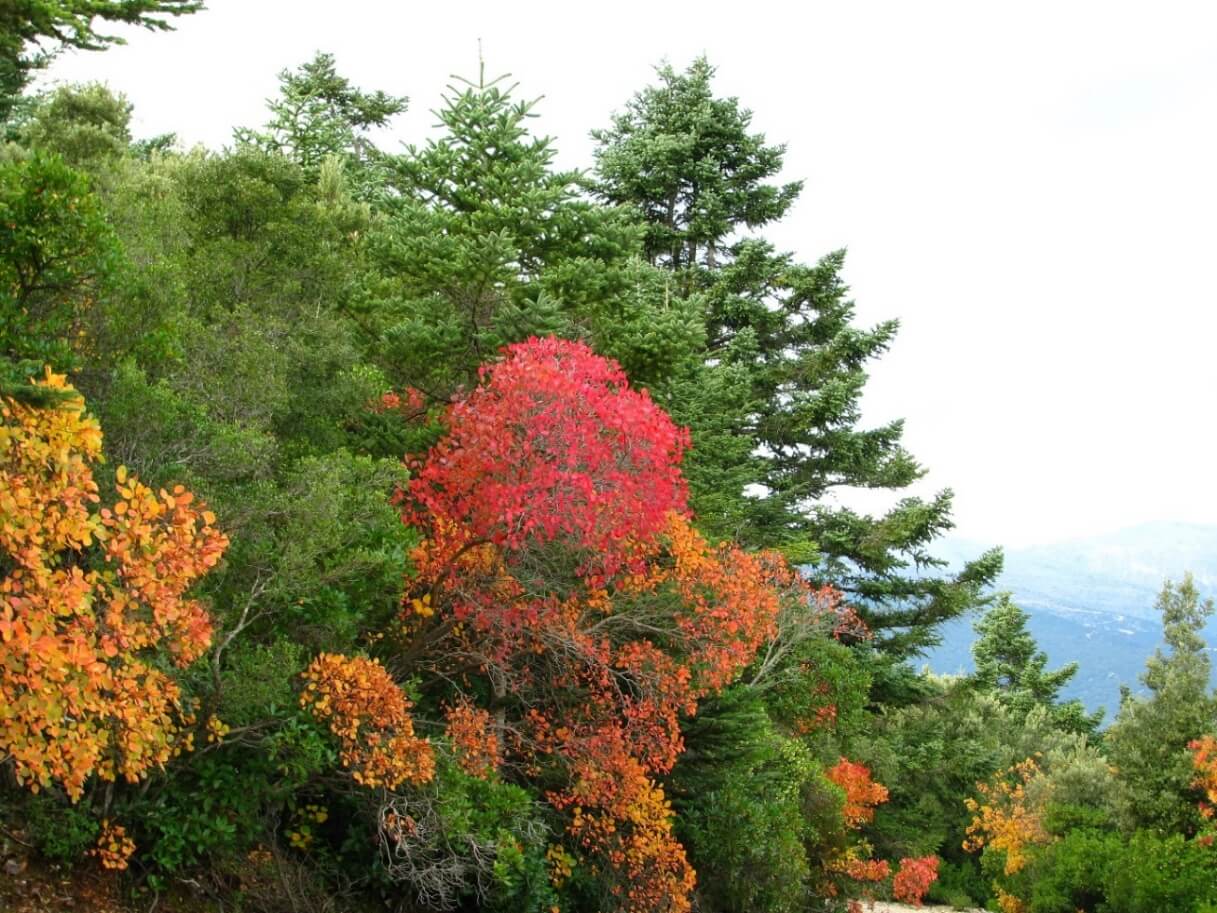
The vegetation of the Mediterranean shrubs (Fig. 1) is scientifically described with the term "maquis". Maquis vegetation refers to shrubs of broadleaf evergreen species, which form the characteristic mosaic of the landscape consisting of dense, often impenetrable shrub clusters, usually tall 1-3 m. These shrubs grow at low and medium altitudes, mainly on limestone where a mixture of individual or groups of dominant species thrive (Korakis 2012).
In Greece, maquis (shrubs) vegetation that have not been under degradation are now found in areas inaccessible to humans, such as steep slopes, as well as in areas under special forest management, for example the peninsula of Mount Athos, Agion Oros. However, the majority of the shrubs in Greece are now of shorter (0.5-1.5 m) with open foliage, due to their degradation over the centuries caused by overgrazing and fires. This morphologically distinct vegetation is scientifically attributed to the term "garrigue", comprising species such as the oak tree (Quercus coccifera), the mock privet (Phillyrea latifolia), the turpentine tree (Pistacia terebinthus), the spiny broom (Calicotome villosa), etc. In cases of acidic, degraded soils, the bushy areas dominate rock-roses species (Cistus creticus, C salviifolius, C monspeliensis) and autumn heather (Erica manipuliflora) (Korakis 2012).
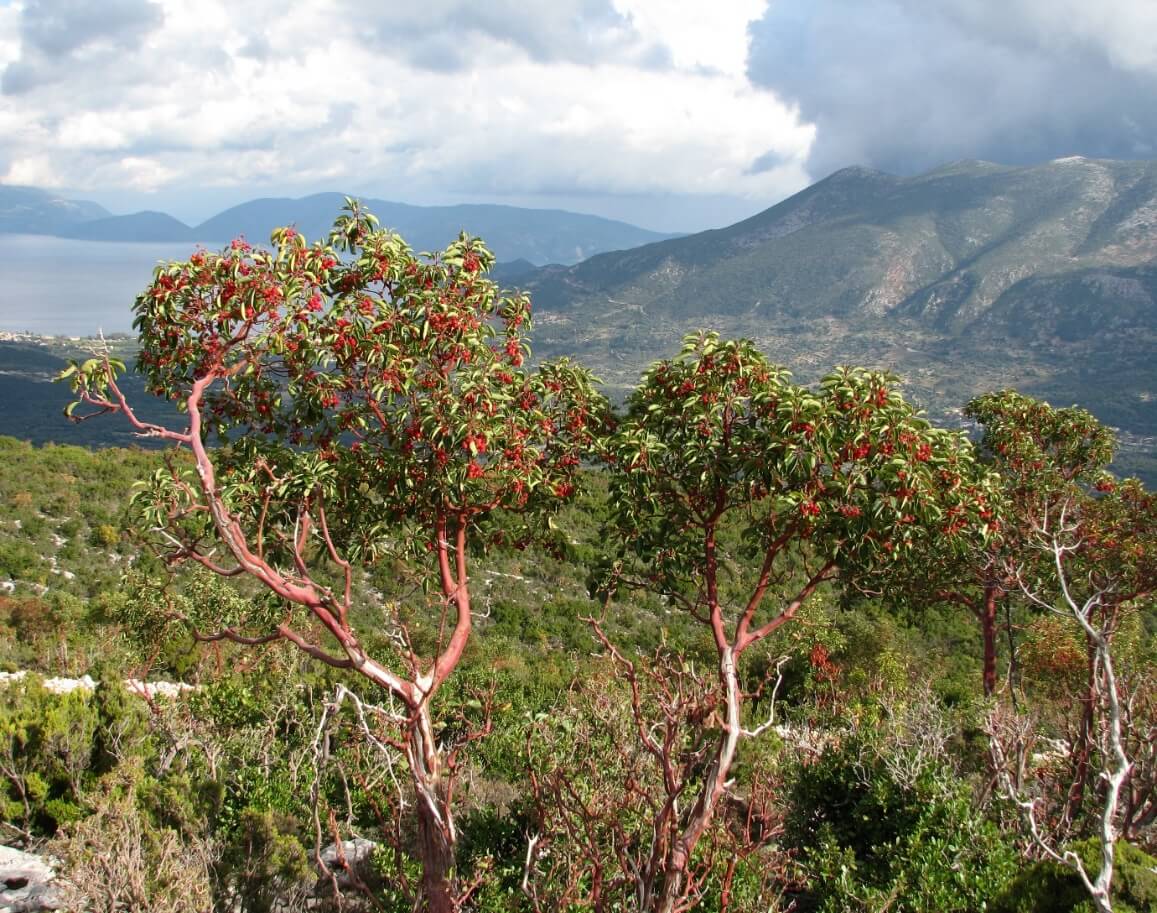
Maquis shrubs are sometimes growing under the shade of taller coniferous trees. For example, in coastal areas of Kefalonia with remained high forest vegetation of Aleppo pines (Pinus halepensis), survived from fires overgrazing, etc. Shrubs detected under pines shade are mainly hardwood trees, such as the mastic tree (Pistacia lentiscus), kermes oak (Quercus coccifera), etc. Maquis vegetation is also mixed with the pyramid shaped admirable wild cypress trees (Cupressus sempervirens f. Horizontalis) (Korakis 2012).
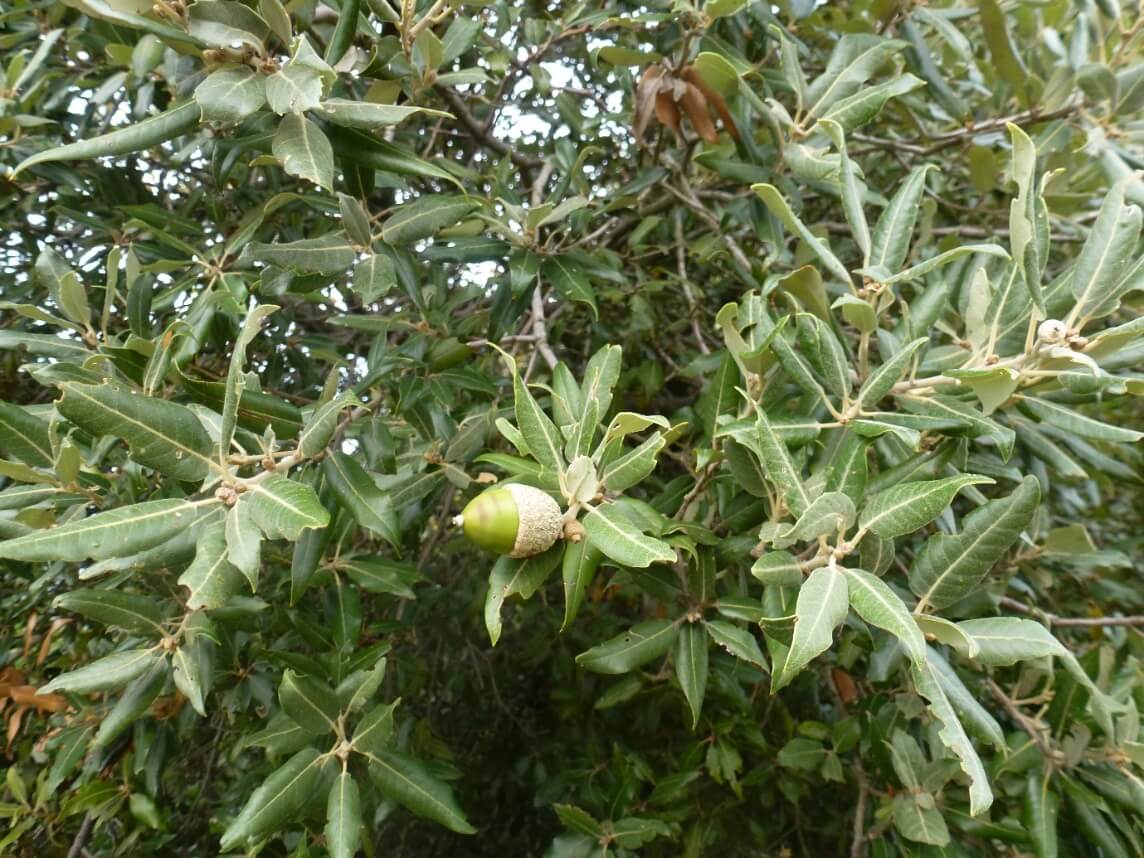
In Kefalonia, uncultivated areas, not overgrazed or degraded, are covered by phrygana, these low, hemispherical, thorny semi-shrubs which host numerous herbaceous plants in contrast to the dense maquis. High index of phrygana biodiversity is obvious in spring during flowering; at that time phryganic vegetation gives an impressive image to Kefalonian landscape with a great variety and alternation of colors (Korakis 2012). Dominant semi-shrubs of the phryganic ecosystems in Kefalonia comprise the following species (Foitos & Damboldt 1985): the Thorny Burnet (Sarcopoterium spinosum), the Greek Spiny Spurge (Euphorbia acanthothamnos), the rockroses (Cistus spp.), the needle sunrose (Fumana arabica and F. thymifolia), the spiny broom (Calicotome villosa), as well as the Labiatae family with Stachys ionica and Salvia spp., thyme (Thymus holosericeus), oregano (Origanum vulgare sp. hirtum), Jerusalem sage (Phlomis fruticosa), the black horehound (Ballota nigra), etc. Among phrygana grow characteristic species of geophytes such as asphodels (Asphodelus spp.), grape hyacinths (Muscari spp.), sea squill (Urginea maritima) and a number of orchids of the genera Orchis and Ophrys.
Mount Roudi with highest peak Gioupari (altitude 1.125 m) is Mount Aenos natural extension. The vegetation consists of Kefalonian fir forest trees and maquis vegetation. Because of long-term man-made pressures, shrubs of Roudi instead of retaining their natural primary form grow under stages of degradation or conservation. Shrubs and small trees of Roudi are distinguished for the variety of their structure and vegetation richness. The ecosystem is dominated by broadleaf evergreen trees, shrubs and semi-shrubs, adapted to the typical Mediterranean climate with the extended hot and dry summer and the mild, wet winter (Foitos et al 2015). Summer is an unfavorable period for the broadleaf evergreen Roudi shrubs as their development is inhibited, while the majority of perennial herbaceous species manage to survive due to underground buds in their roots.
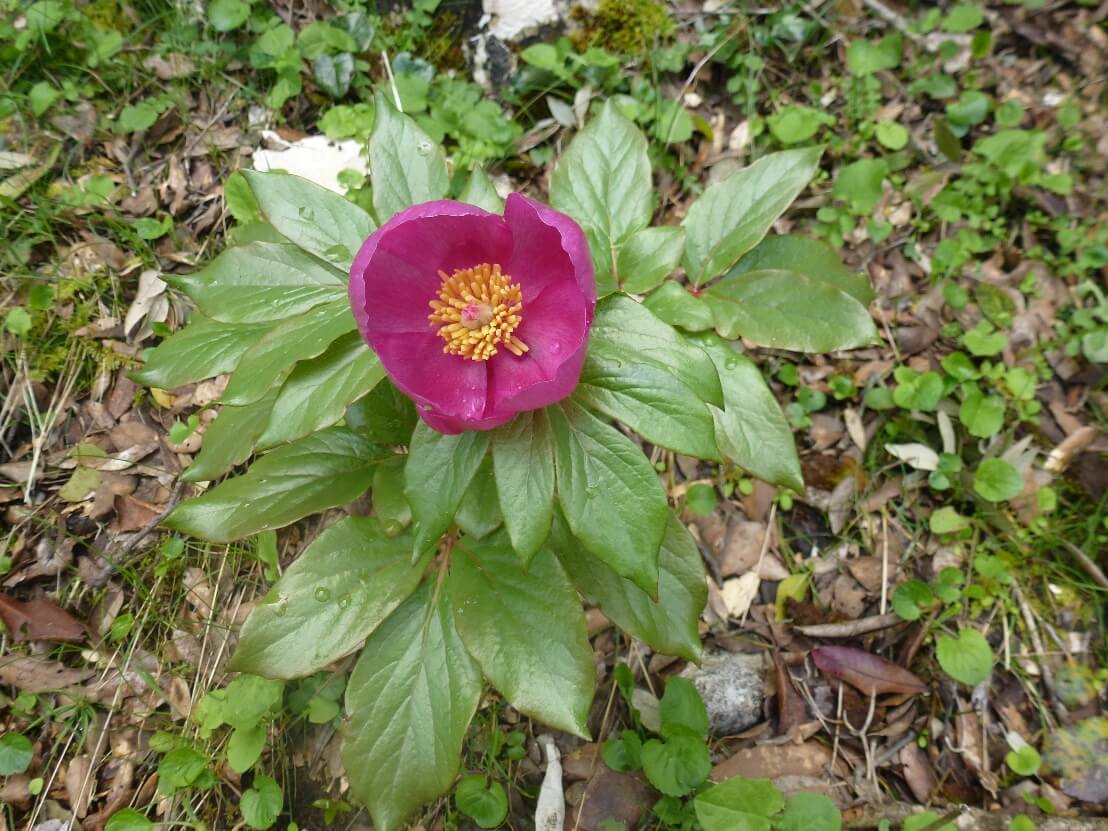
The broadleaf evergreen shrubs on Mount Roudi are remnants of an older and wider distribution. Their degradation status leads to their replacement by often dense and impenetrable evergreen shrubs 2-6 meters tall. Dense maquis has a poor vegetation composition; however it hosts rich herbaceous flora with leaf decay. Maquis vegetation is adapted to winter-spring growth, and a period of dormancy in the summer and is mainly composed by the evergreen oak (Quercus ilex - Fig. 3), a species particularly favored by humid coastal climates, the oak tree (Quercus coccifera), the mock privet (Phillyrea latifolia), the mastic tree (Pistacia lentiscus), the strawberry tree (Arbutus unedo), the Greek strawberry tree (Arbutus andrachne - Fig. 2), the autumn heather (Erica arborea manipuliflora), the carob (Ceratonia siliqua), the myrtle (Myrtus communis), the Spanish broom (Spartium junceum), etc. (Foitos & Damboldt 1985). In special areas of mount Roudi Quercus coccifera is mixed with other evergreen species such as the turpentine tree (Pistacia terebinthus), the smoke tree (Cotinus coggygria - Fig. 5), the Mediterranean Redbud (Cercis siliquastrum), and climbing plants, such as the Mediterranean smilax (Smilax aspera), the fragrant virgin's bower (Clematis flammula) and wild asparagus (Asparagus acutifolius) (Efthymiatou-Katsouni 1998). Under these shrubs grow peonies species (Paeonia mascula subsp. Russoi - Fig. 4), red helleborine (Cephalanthera rubra - Fig. 7), violets (Viola odorata), many species of orchids and parasitic species such as Cytinus hypocistis.
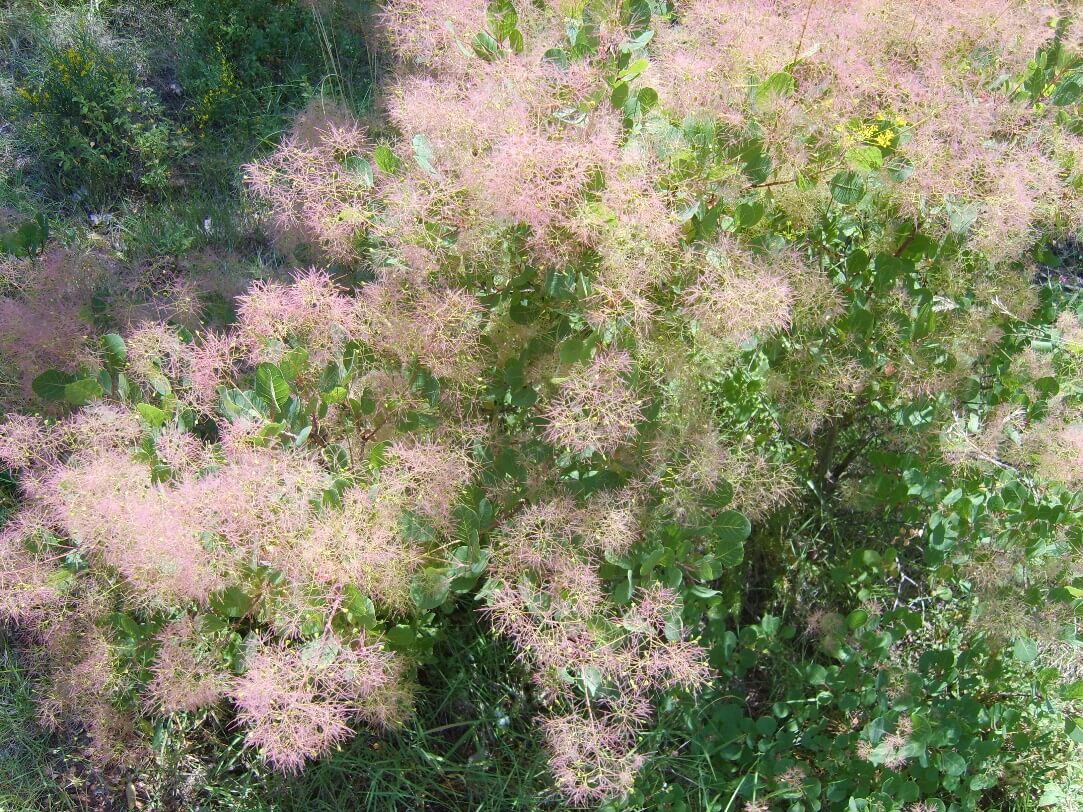
In the central area of Mount Roudi at an altitude of about 1000 m grow sparse shrubs, dominant species of which is the common hawthorn (Crataegus monogyna - Fig. 6). Kefalonian fir (Abies cephalonica) with a small stable presence, sporadically participates in Roudi central area composition. Vegetation also includes broadleaf species, such as Quercus coccifera, Pyrus amygdaliformis and Phillyrea latifolia, less phrygana species such as Phlomis fruticosa and Euphorbia sp. and herbaceous species. The height of shrubs does not exceed 2 m. Hawthorn clusters occupy an area of 300 ha within the central area of Roudi, at altitudes of 800-1000 m (Georgiadis et al 2009).
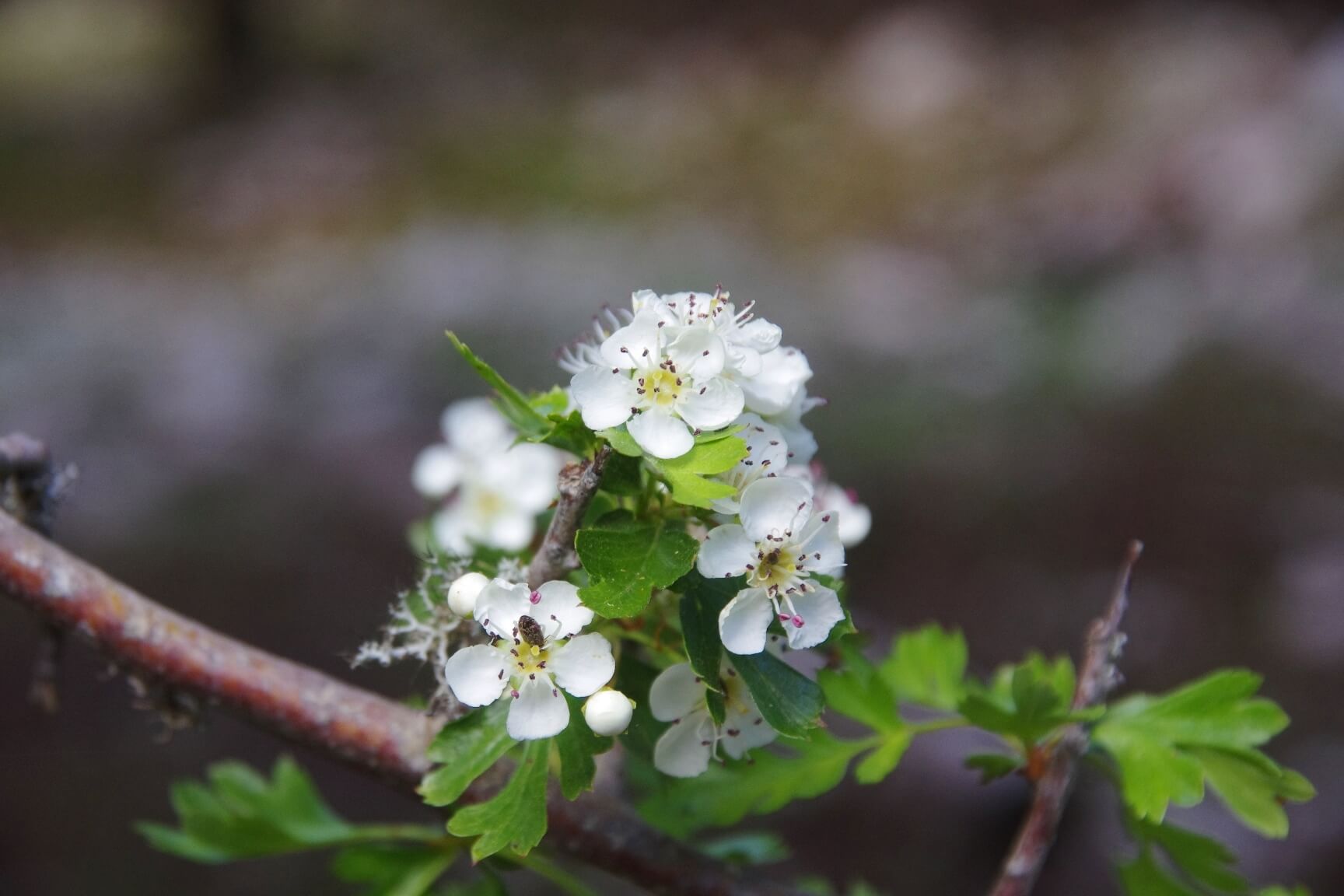
At Mount Roudi there are tall (2-6 m) shrub trees of oak (Quercus coccifera), a small percent of other shrub species mentioned above and a few flora species in the soil. Oak tree exhibits a strong regenerative capacity, resistant to human influences (fires, grazing, etc.). In most of the cases, frequency and intensity of these impacts determine the structure of the shrubs. This specific type of oak tree habitat named "Prinos Forests" occupies small areas in Roudi, at altitudes of 650-900 m. Characteristic vegetation species of the shrubs include the kermes oak (Quercus coccifera), the mock privet (Phillyrea latifolia), the common smilax (Smilax aspera) and the wild asparagus (Asparagus acutifolius) (Konstantinidis et al 2015).
In the past, Roudi and Aenos shrubs and broadleaf evergreen plants were cut down to a large extent because of the high quality charcoal and lime extracted and for this reason gave their name to local areas of Aenos eg. "Karvounolakkos" (Efthymiatou-Katsouni 2012). In our days no exploitation occurs; shrubs are supervised with continuous patrols by the guard personnel of N.E.C.C.A.. For example in 2012, the Supervision/Guard personnel of the National Park sent strawberry tree leaves (Arbutus unedo) with black spots at Benakeio Phytopathological Institute for laboratory testing. Results showed that the leaves were affected of "rust", a plant disease caused by the fungus Pucciniastrum sp.; however, there was no risk of drying out or transmitting the disease to the Kefalonian fir. According to previous research (Konstantinidis et al 2015) completed by N.E.C.C.A., it was found out that Roudi shrubs ecosystem is the best structured and developed among all the terrestrial habitats of Aenos National Park.
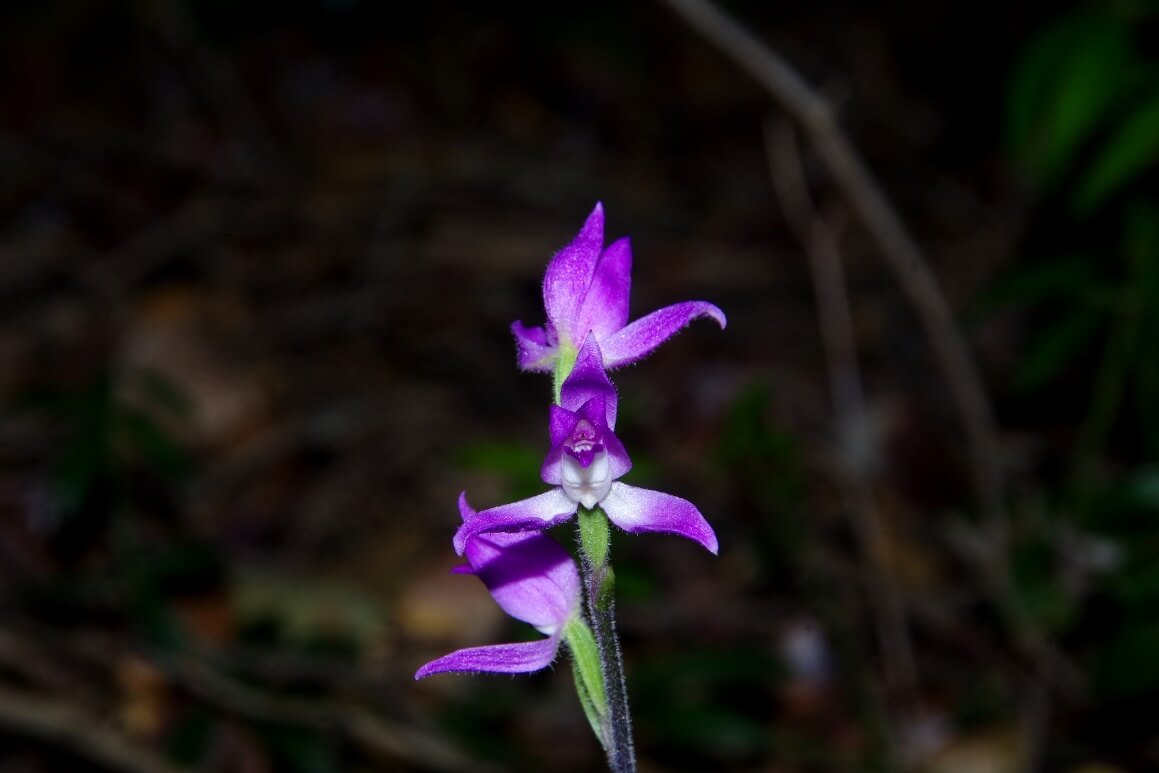
Roudi shrubs today are an exceptional landscape of natural beauty of Kefalonia. Their benefits for the inhabitants of the island are significant and obvious. First of all, they play an important role in soil protection by erosion and the prevention of floods. Shrubs ecosystems also produce wild fruits, mushrooms, aromatic and medicinal plants, and include important beekeeping species. They are an important habitat for the conservation of fauna and avifauna and contribute to the protection of biodiversity. They are mainly threatened by fires, overgrazing and poaching.
References
- Georgiadis Th et al (2009) Implementation of a System for Monitoring and Evaluation of Ecological Status of Habitat Types (Directive 92/43/EU). Management Body of Aenos National Park Editions
- Korakis G (2012) Forests flora and vegetation in Greece. In Papageorgiou AX, Karetsos G and Katsadorakis G (Ed), The Forest: An integrated approach. WWF Hellas, Athens, p 25-41
- Konstantinidis P et al (2015) Assistance in the assessment of the conservation status of Aenos National Park Habitat Types. Management Body of Aenos National Park Editions
- Efthymiatou-Katsouni N (1998) Tribute to Aenos National Park. Natural History Museum of Kefalonia & Ithaca, p 172
- Efthymiatou-Katsouni N (2012) Human influences on the evolution of Kefalonian flora and vegetation from prehistoric times to present: An application study to environmental education. Doctoral Thesis, Department of Education & Preschool Education, p 417
- Foitos D & Damboldt J (1985) Flora of Kefalonia Island. Botanical Chronicles, 5, 1-2, 1-204
- Foitos D, Kamari G, Katsouni N & Mitsainas G (2015) Mount Aenos of Kefalonia: History, Physiogeography, Biodiversity. Management Body of Aenos National Park Editions, Kefalonia, p 333
The above article was published in the magazine "The Kefalonian Progress" Period B, issue 26, April - June 2018
The photos come from the file photo archive of the Natural Environment and Climate Change Agency and the Wildlife Photographer Christos Maroulis that we warmly thank.